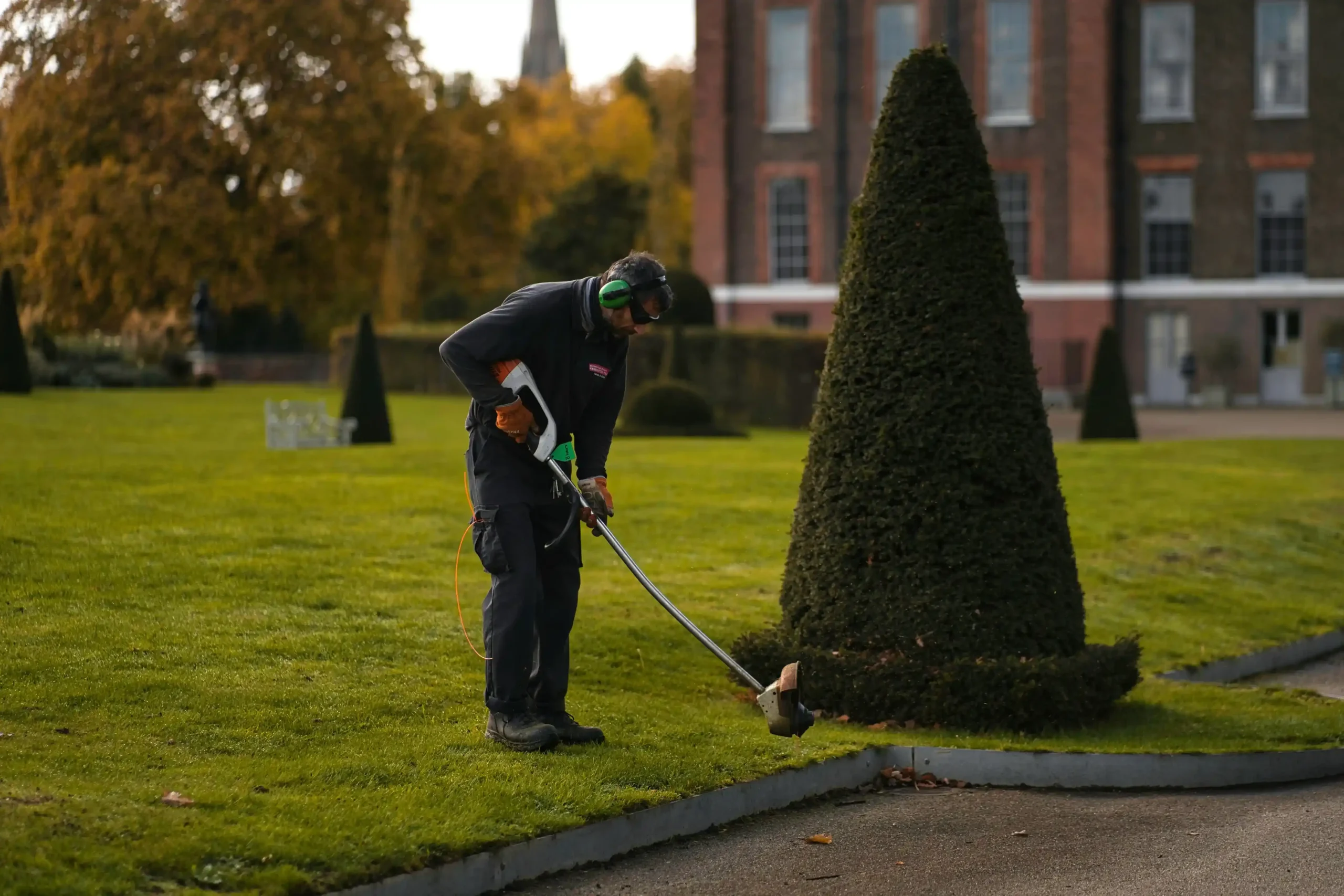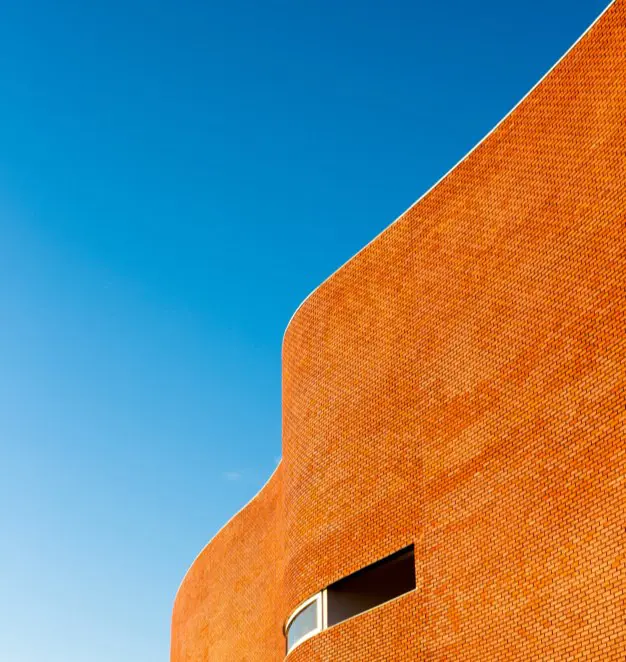1. Choose the Right Plants
One of the most critical aspects of low-maintenance landscaping is selecting species suitable for the soil and climate. Choose native plants or drought-tolerant varieties that require less maintenance and water. They are well-adapted to their local environment and will thrive without much intervention. Consider also including perennial plants and shrubs that return yearly, reducing the need to plant again.
2. Designing with Efficiency in Mind
A well-designed landscape will significantly lower maintenance needs. It would help if you thought about creating distinct planting beds with precise edges to keep weeds from taking over your garden—plants with similar requirements for sunlight and watering to simplify the routine of watering and maintenance. Include mulch or ground cover plants to ward off weeds and keep soil moisture in check, reducing the need for regular irrigation and watering.
3. Embrace Hardscaping
Incorporating hardscaping features in your landscaping design could reduce maintenance and add aesthetic appeal and utility to your outside space. You might consider incorporating features like pathways, patios, or walls to reclaim your space with sturdy materials such as brick, stone or concrete. These structures require only minimal maintenance and can endure the elements, thus reducing the need for routine maintenance.
4. Install an Irrigation System
A well-designed irrigation system will make water more accessible and ensure that your plants get the correct amount of moisture without continuous monitoring. It would help if you considered installing a drip irrigation system that directs water to the roots of plants to reduce water consumption and the chance of overwatering. Smart irrigation controllers can modify the watering schedule according to weather conditions, further maximizing water consumption and reducing the need for maintenance.
5. Minimize Lawn Areas
The lawn requires regular trimming, fertilizing and watering to keep its appearance. They are one of the most challenging aspects of landscaping to maintain. You can consider reducing your lawn size or substituting it with low-maintenance alternatives like artificial turf, ground cover plants, or hardscaping components. These options need less water and maintenance but offer a lush and pleasant outdoor space.
6. Regular Maintenance Practices
Even in a low-maintenance landscape, some maintenance is necessary to keep your garden looking great. Set up regular maintenance tasks like pruning, weeding, and clearing to prevent problems from becoming too much. If you keep track of these chores, your garden will stay attractive and healthy with little effort.
Ultimately, low-maintenance landscaping can be an efficient and sustainable solution to create an outdoor space that can be enjoyed without ongoing maintenance. When you select the right plants, arrange your garden to maximize efficiency and add hardscaping elements, you can create a stunning and welcoming landscape that takes only a little time and effort to maintain. By following these tips, you will spend less time in your garden and spend more time enjoying the beautiful outdoor space.





